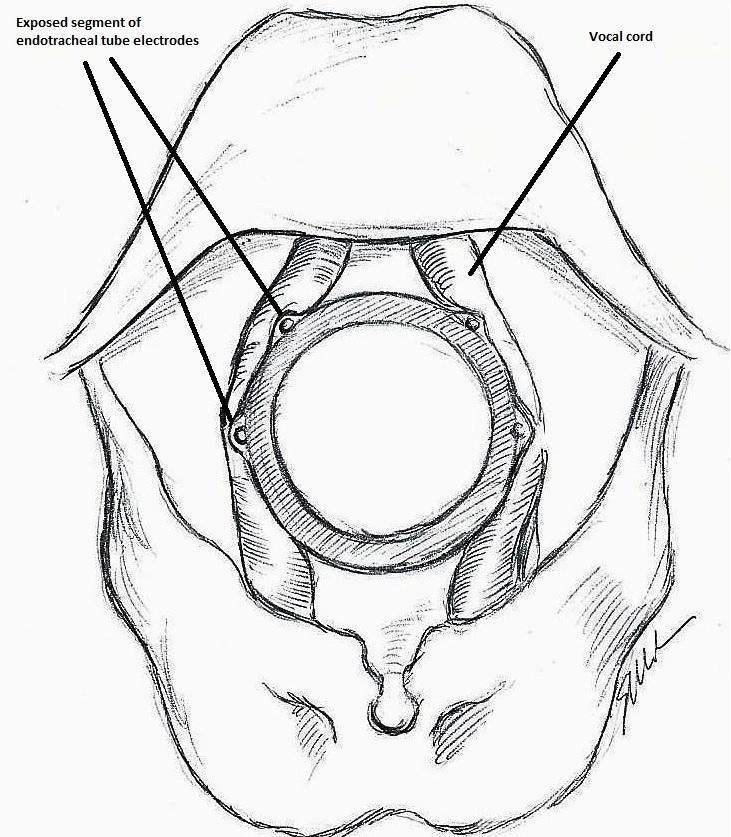Intraoperative neuromonitoring versus visual nerve identification for prevention of recurrent laryngeal nerve injury in adults undergoing thyroid surgery
Información
- DOI:
- https://doi.org/10.1002/14651858.CD012483Copiar DOI
- Base de datos:
-
- Cochrane Database of Systematic Reviews
- Versión publicada:
-
- 21 diciembre 2016see what's new
- Tipo:
-
- Intervention
- Etapa:
-
- Protocol
- Grupo Editorial Cochrane:
-
Grupo Cochrane de Trastornos metabólicos y endocrinos
- Copyright:
-
- Copyright © 2016 The Cochrane Collaboration. Published by John Wiley & Sons, Ltd.
Cifras del artículo
Altmetric:
Citado por:
Autores
Contributions of authors
All protocol authors read and approved the final protocol draft.
Declarations of interest
Roberto Cirocchi (RC): none known.
Vito D'Andrea (VA): none known.
Roberto Passera (RP): none known.
Iosief Abraha (IA): none known.
Alberto Arezzo (AA): none known.
Nicola Avenia (NA): none known.
Justus Randolph (JR): none known.
Marcin Barczyñski (MB): was the principal investigator of Barczyński 2009.
Acknowledgements
We thank the CMED Group's Information Specialist, Maria‐Inti Metzendorf, for developing the search strategies, and Alessandro Quintili for the support in the developing of objectives.
Version history
| Published | Title | Stage | Authors | Version |
| 2019 Jan 19 | Intraoperative neuromonitoring versus visual nerve identification for prevention of recurrent laryngeal nerve injury in adults undergoing thyroid surgery | Review | Roberto Cirocchi, Alberto Arezzo, Vito D'Andrea, Iosief Abraha, Georgi I Popivanov, Nicola Avenia, Chiara Gerardi, Brandon Michael Henry, Justus Randolph, Marcin Barczyñski | |
| 2016 Dec 21 | Intraoperative neuromonitoring versus visual nerve identification for prevention of recurrent laryngeal nerve injury in adults undergoing thyroid surgery | Protocol | Roberto Cirocchi, Vito D'Andrea, Alberto Arezzo, Iosief Abraha, Roberto Passera, Nicola Avenia, Justus Randolph, Marcin Barczyñski | |
Notes
We have based parts of the Methods, as well as Appendix 1 and Appendix 2 of this Cochrane Protocol on a standard template established by the CMED Group.
The Co‐ordinating Editor of the CMED Group will check data extraction, analysis and interpretation of Barczyński 2009.
PICO

Nerve integrity monitoring endotracheal tube for electromyography signals of a patient's laryngeal muscles

Monitoring endotracheal tube in position positioned at the patient's vocal folds

Basic monitoring equipment setup: ET = endotracheal tube; REC = recording electrodes; GND = ground electrodes; EMG = electromyography

